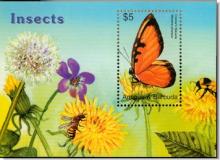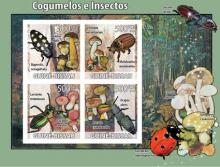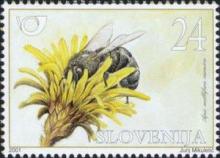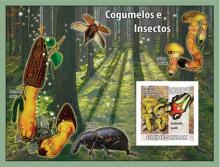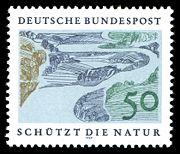Honey Bees Living Near Maize Fields Are Exposed To Neonicotinoids Throughout The Growing Season
We used LC/MS-MS to analyze samples of honey bees, pollen stored in the hive and several potential exposure routes associated with plantings of neonicotinoid treated maize. Our results demonstrate that bees are exposed to these compounds and several other agricultural pesticides in several ways throughout the foraging period. During spring, extremely high levels of clothianidin and thiamethoxam were found in planter exhaust material produced during the planting of treated maize seed. We also found neonicotinoids in the soil of each field we sampled, including unplanted fields. Plants visited by foraging bees (dandelions) growing near these fields were found to contain neonicotinoids as well. This indicates deposition of neonicotinoids on the flowers, uptake by the root system, or both. Dead bees collected near hive entrances during the spring sampling period were found to contain clothianidin as well, although whether exposure was oral (consuming pollen) or by contact (soil/planter dust) is unclear. We also detected the insecticide clothianidin in pollen collected by bees and stored in the hive. When maize plants in our field reached anthesis, maize pollen from treated seed was found to contain clothianidin and other pesticides; and honey bees in our study readily collected maize pollen. These findings clarify some of the mechanisms by which honey bees may be exposed to agricultural pesticides throughout the growing season. These results have implications for a wide range of largescale annual cropping systems that utilize neonicotinoid seed treatments.

